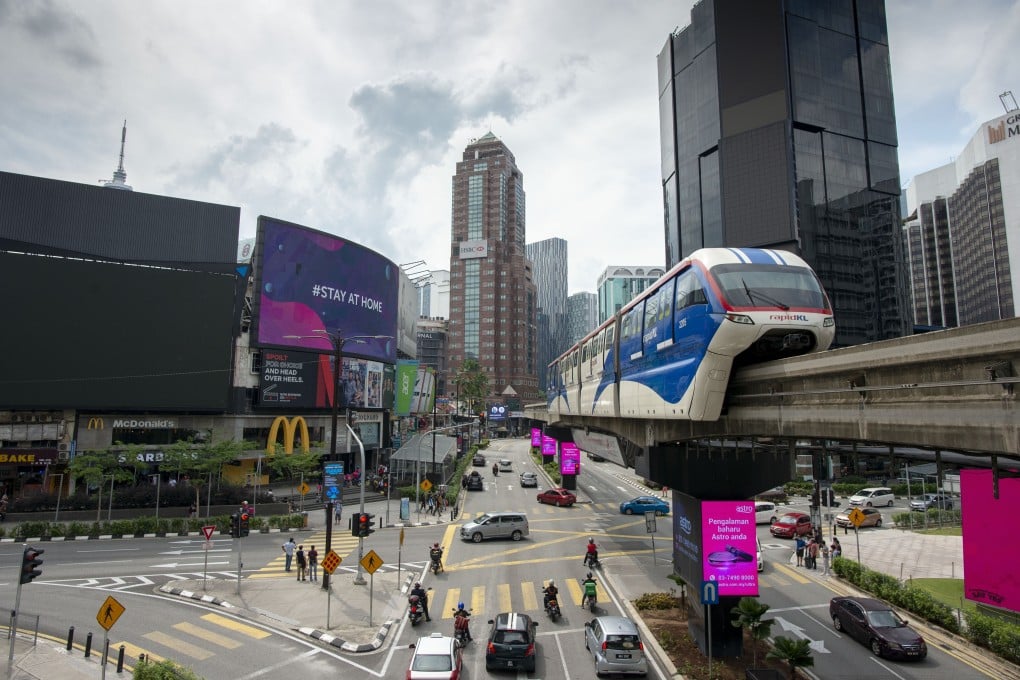Opinion | Massive stimulus packages not enough to rescue coronavirus-hit economies
- Size does not necessarily matter when it comes to stimulus packages, amid concerns over dysfunctional execution, haphazard allocation and weak accountability
- In Southeast Asia, where governments have shown a willingness to spend, there is good reason to question some of the measures being rolled out

Unveiling Germany’s post-pandemic stimulus package of US$146 billion earlier this month, the usually tight-fisted Finance Minister Olaf Scholz sought to tap on that warlike rhetoric, saying the measures would bring Europe’s largest economy out of the downturn with a “ka-boom”.
Market watchers say they expect more buoyancy in weeks to come as investors too are vested in the belief that unprecedented fiscal spending is a cure-all, even if a second wave of the pandemic comes around.
Expectations are rising that the United States may soon lay out a fresh US$1-3 trillion package in addition to the more than US$3 trillion pumped out since the virus outbreak began.
I have to admit, I too have found myself quite in awe of the headline sums of fiscal injections bandied about in recent months by Southeast Asian leaders, whom I track closely.
